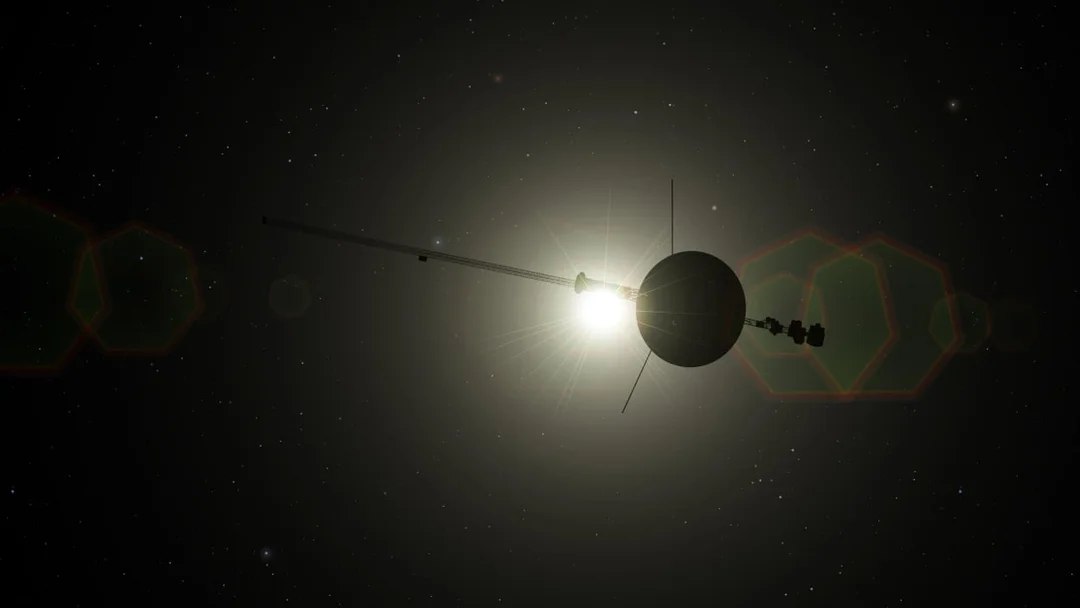
NASA’s Voyager 1: A ‘Miracle Save’ Extends Interstellar Mission After 20-Year-Old Thrusters Revived
In a stunning feat of engineering, NASA has resurrected a set of thrusters on the Voyager 1 spacecraft that were considered inoperable since 2004. This "miracle save" ensures that the farthest human-made object in space can continue its interstellar mission, sending back valuable data from the uncharted abyss.
Voyager 1, launched in 1977, embarked on a journey to study Jupiter and Saturn, but its mission expanded to include Uranus and Neptune. Now, decades later, it has ventured into interstellar space, providing unprecedented insights into the region between stars. However, after 48 years of hurtling through the unknown, its systems are showing signs of wear and tear. The primary roll thrusters, crucial for maintaining the spacecraft's orientation, stopped working 21 years ago due to a loss of power in internal heaters.

Faced with the prospect of losing contact with Voyager 1 due to failing backup thrusters and the imminent shutdown of a critical antenna in Australia for upgrades, NASA engineers crafted a risky plan. They decided to attempt a resurrection of the primary roll thrusters, a move that was considered a long shot.
The engineers suspected a disruption in the heaters' circuits had flipped a switch to the off position. To try and fix it, they would have to turn on the broken thrusters and then try to restart the heaters. The risk was substantial: if the spacecraft drifted too far off course during this process, the broken thrusters would automatically fire, potentially triggering a small explosion if the heaters were still not working.

Against all odds, the plan worked. Within 20 minutes of attempting the fix, the team saw the heaters' temperature rise dramatically, signaling success.
"It was such a glorious moment. Team morale was very high that day," said Todd Barber, the mission’s propulsion lead. "It was yet another miracle save for Voyager."
With the primary roll thrusters revived, Voyager 1 now has a backup system in place as its current thrusters face potential clogging issues. This achievement is particularly crucial given the upcoming downtime of the Deep Space Station 43 (DSS-43) antenna in Canberra, Australia, which is essential for communicating with the Voyager spacecraft.
"These antenna upgrades are important for future crewed lunar landings, and they also increase communications capacity for our science missions in deep space, some of which are building on the discoveries Voyager made," said Suzanne Dodd, Voyager project manager and director of the Interplanetary Network at JPL.
The Voyager missions continue to provide invaluable data from beyond our solar system, deepening our understanding of interstellar space. Despite the technical hurdles and the spacecraft's age, the ingenuity and problem-solving skills of the NASA engineers are ensuring that these historic probes can continue their journey into the unknown.
What are your thoughts on the future of deep space exploration? Share your opinions in the comments below!